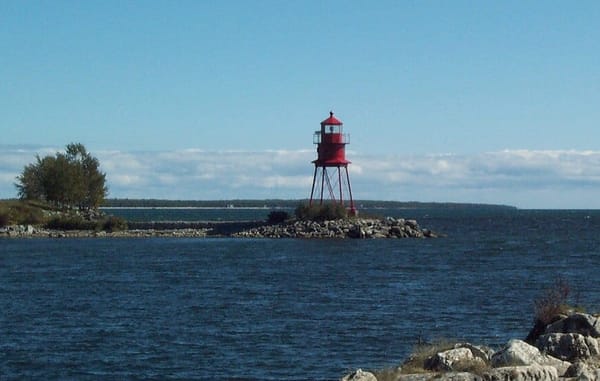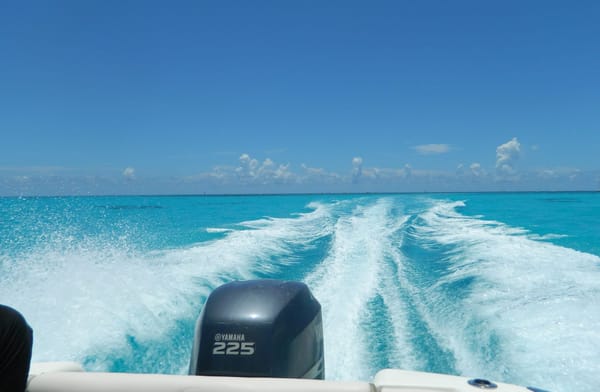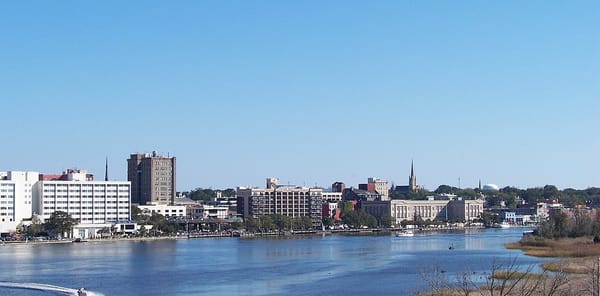Diving Directory: Wreck and Reef Dive Spots near Miami
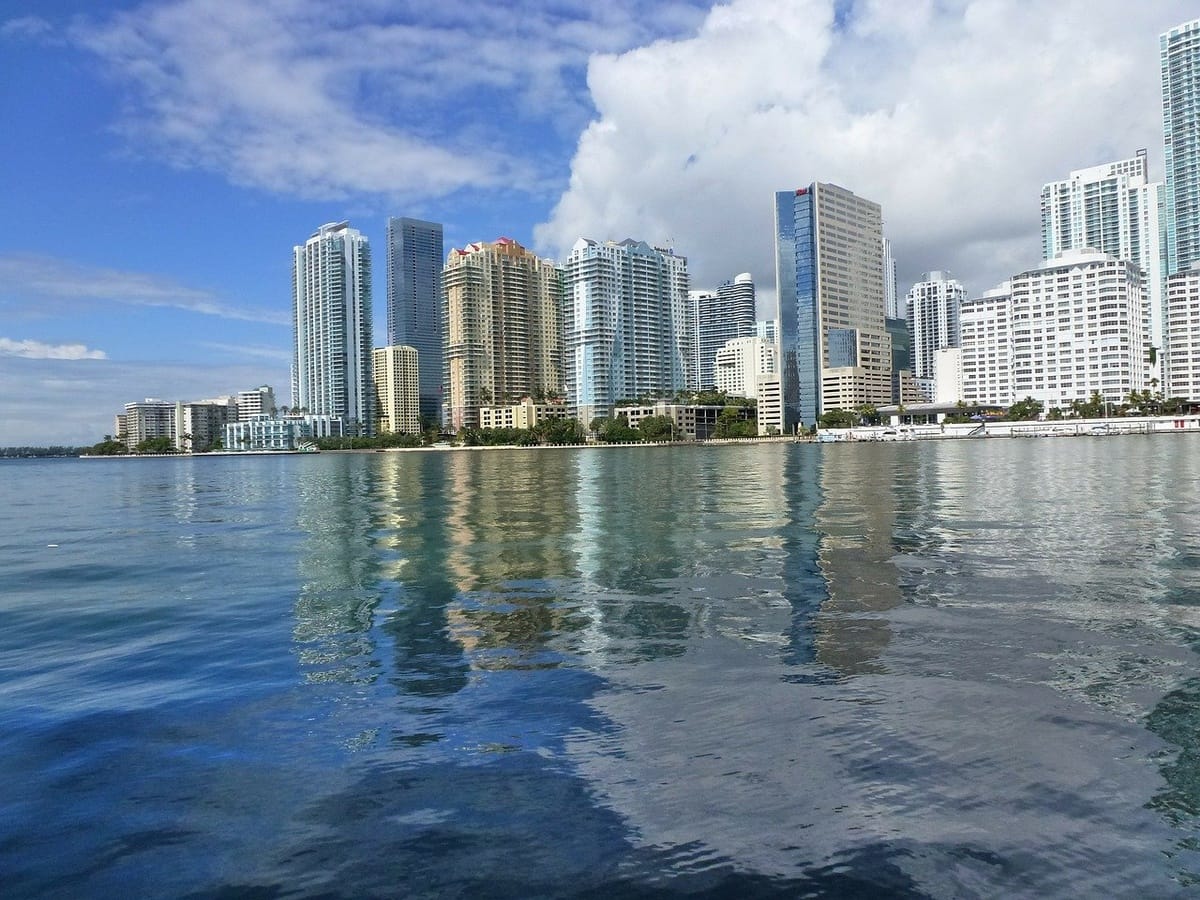
A wise crab once sang “Life is sweet here … We got the beat here … Under the sea …” And he would be correct. From sea turtles, tropical fish and moray eels to colorful coral, swaying anemones and graceful stingrays, there are so many things to see under the sea. Miami’s south Florida location makes it easily accessible to some of the prettiest and most unique underwater sites in the state. You may or may not see an actual mermaid.
Divers from beginner to advanced have a wide array of dive sites, wrecks and reefs to explore. Some of the shallow sites can even be viewed by snorkelers. Whether you’re chartering a dive boat or heading out from your private boat slip rental, here are some Miami dive sites we think you should check out. Let us know if you do spot a mermaid.
Biscayne National Park
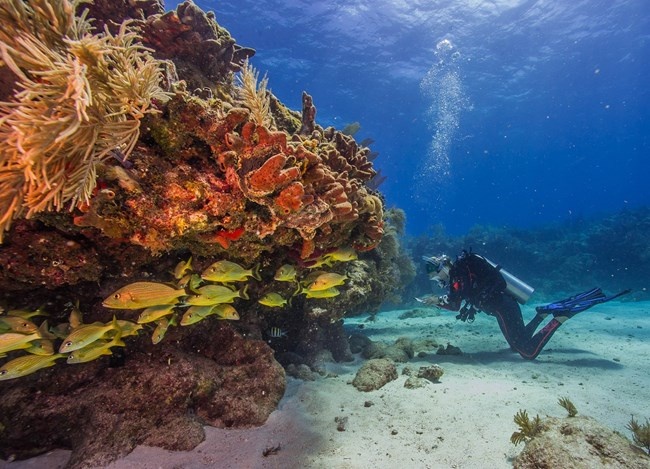
Photo: National Park Service
With 95% of the area consisting of water, Biscayne National Park is a boater's dream destination. It’s the largest marine park in the national park system. So, get that boat out of its private dock and head out there!
The park’s Maritime Heritage Trail includes six wrecks: the Erl King (sunk in 1891), the Alicia (sunk in 1905), the Lugano (sunk in 1913), the Mandalay (a steel-hulled schooner sunk in 1966), Fowey Rocks Lighthouse (built in 1878) and the Arratoon Apcar (sunk in 1878). The first three are the best suited for SCUBA diving. There are mooring buoys at some of the sites, so please save the coral and use them.
Neptune Memorial Reef
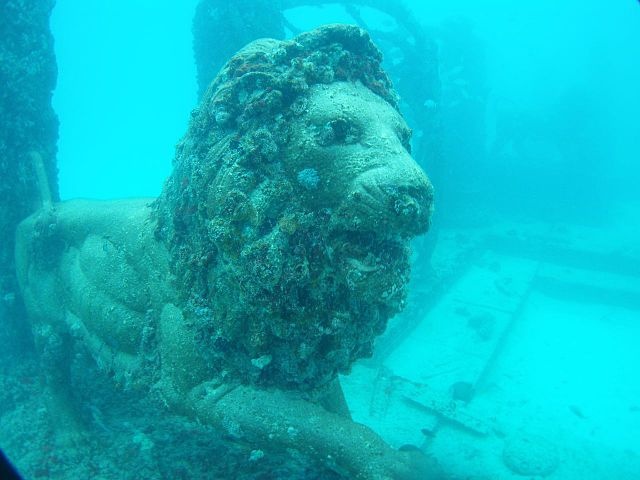
Photo: Wikimedia
Coming in at the most unique site on our Miami dive list, Neptune Memorial Reef sits in about 50 feet of water. This man-made reef was designed by a marine biologist as an interpretation of the Lost City of Atlantis. As its name implies, it serves as a memorial and a marine habitat.
Cremated remains are mixed with concrete to create the statues and other formations found throughout the area. Divers can swim among statues, Romanesque columns and copper memorial plaques. When complete, it’ll cover 16 acres and have more than 5,000 columns and more than 250,000 memorials.
In addition to providing a final resting place, the reef promotes coral and marine organism growth. Some of the structures support corals and coralline algae. The arches have a decorative hole to provide places for animals to hide from predators. There are 14 species of reef-building coral in the ecosystem. There’s also a sea urchin that was previously thought to be extinct in the Caribbean.
Located about five miles southeast of Government Cut, off of Key Biscayne, the reef is free and accessible to divers, snorkelers and boaters. It opened in 2007 and is popular with marine biologists, teachers, divers and ecologists from around the world. The reef meets the guidelines of the EPA, NOAA, Florida Fish and Wildlife, and the Army Corps of Engineers. Neptune Memorial Reef is certified by the Green Burial Council.
The Pillars
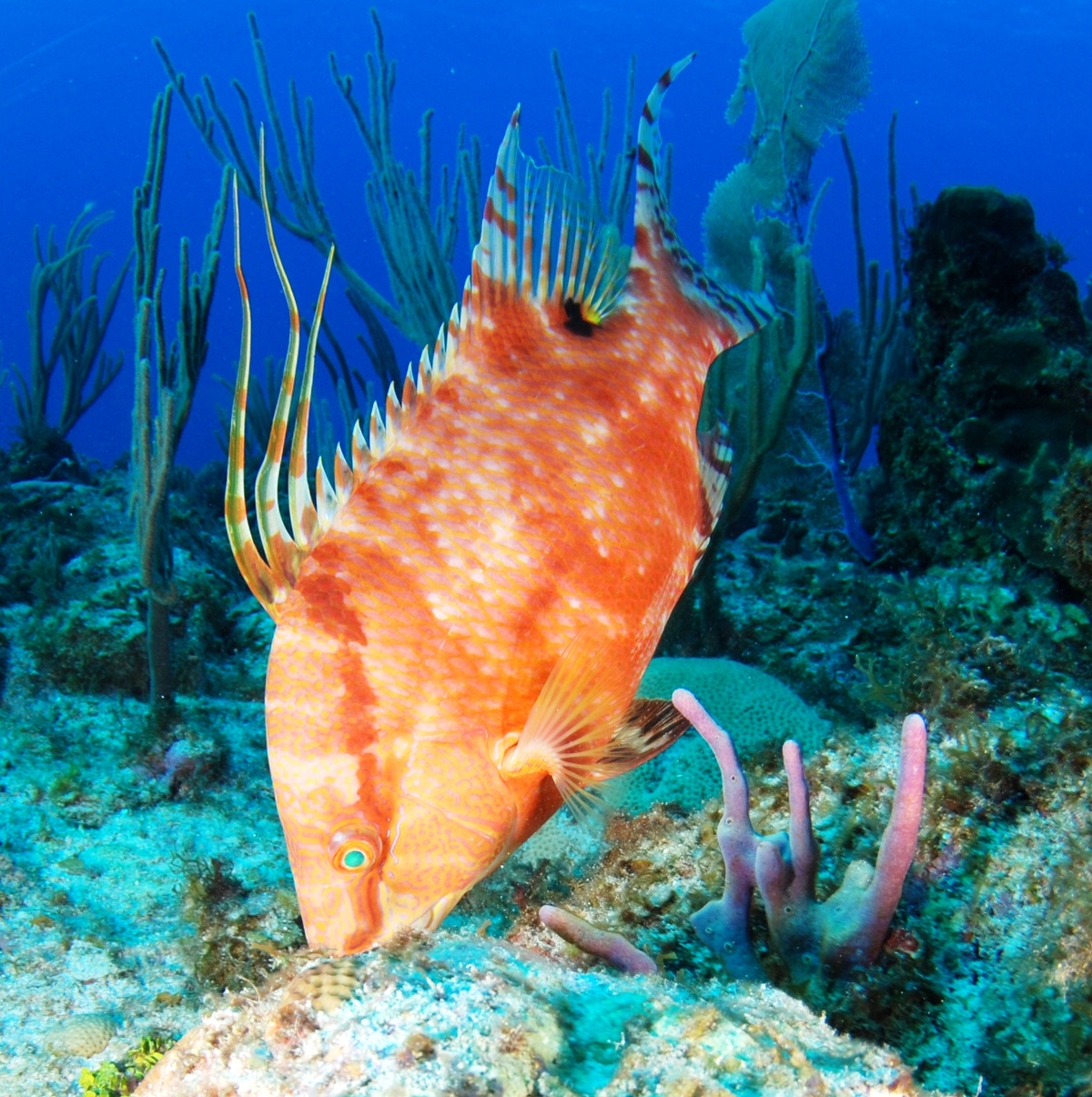
Photo: Hogfish (Wikimedia)
Popular with the spearfishing crew because of the hogfish population, The Pillars is in 28 feet of water. It’s made up of an old pipeline and two steel beams. It’s a great site for beginning and training divers.
Pete’s Reef
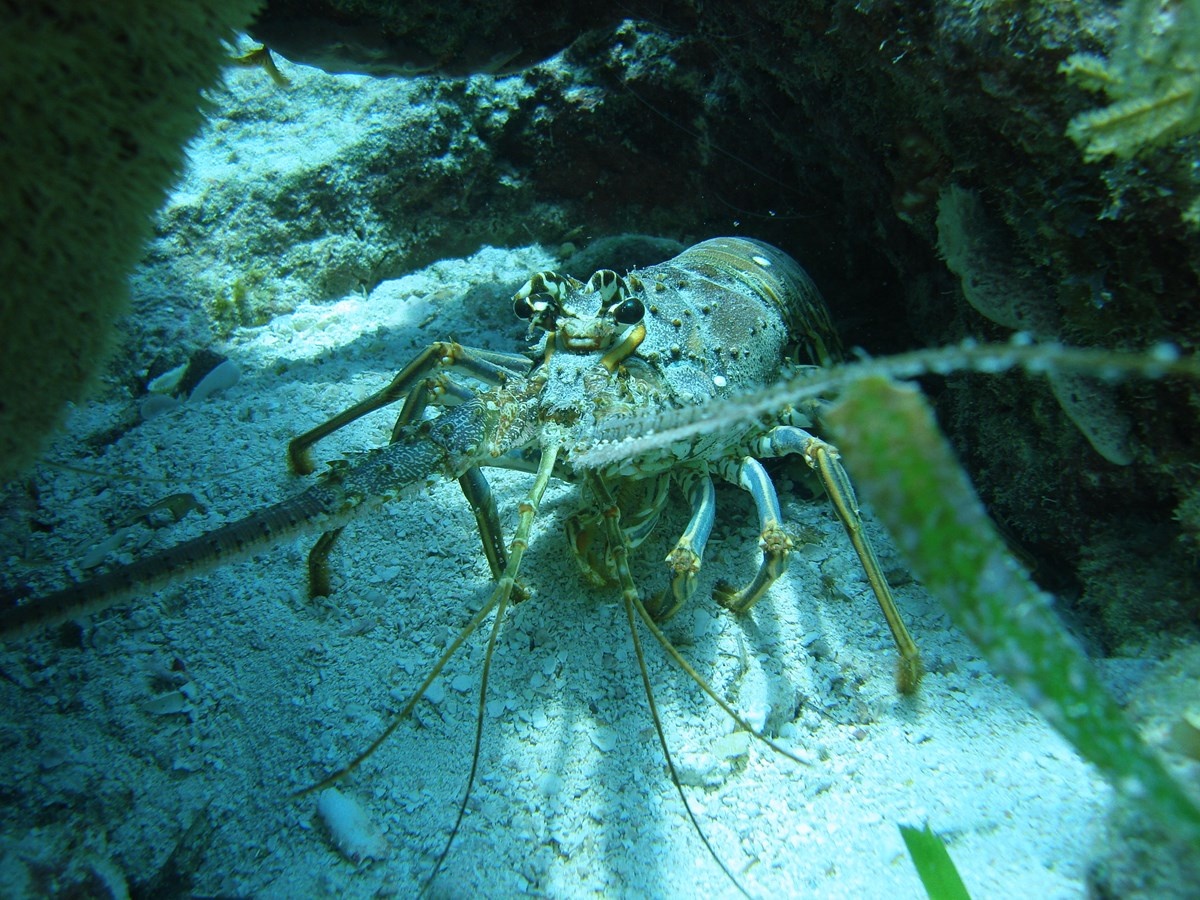
Photo: Spiny Lobster (National Park Service)
Pete’s Reef is a low-profile shelf reef about 42 feet in depth. Popular for spearfishing, it’s located in north Miami near Haulover Inlet. You might also spot lobster, tropical fish and grouper.
Biscayne Wreck
Located in Key Biscayne Artificial Reef, the Biscayne Wreck sits in 55 feet of water. This 120-foot freighter was used for hauling bananas from Central America. The bow and stern have collapsed, but it’s home to plenty of fish and is great for night dives.
Belzona Barge Wreck
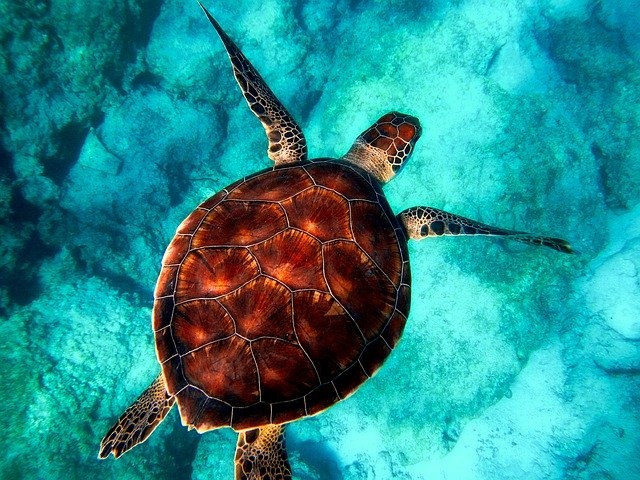
Photo: Pixabay
Located off of Key Biscayne, the Belzona Barge Wreck is a 251-foot steel barge that originally sank in 1991 in 72 feet of water. In 1992, Hurricane Andrew decided to relocate it to 40 feet of water. It’s upside down and has lots of surface area to explore.
Its shallow location and good visibility (usually 60 feet or more) make it popular with beginning and experienced divers. Another nice thing is that the currents are usually not as strong as in deeper areas. Look for reef fish and small marine animals such as sea turtles and eels.
Flamingo Reef
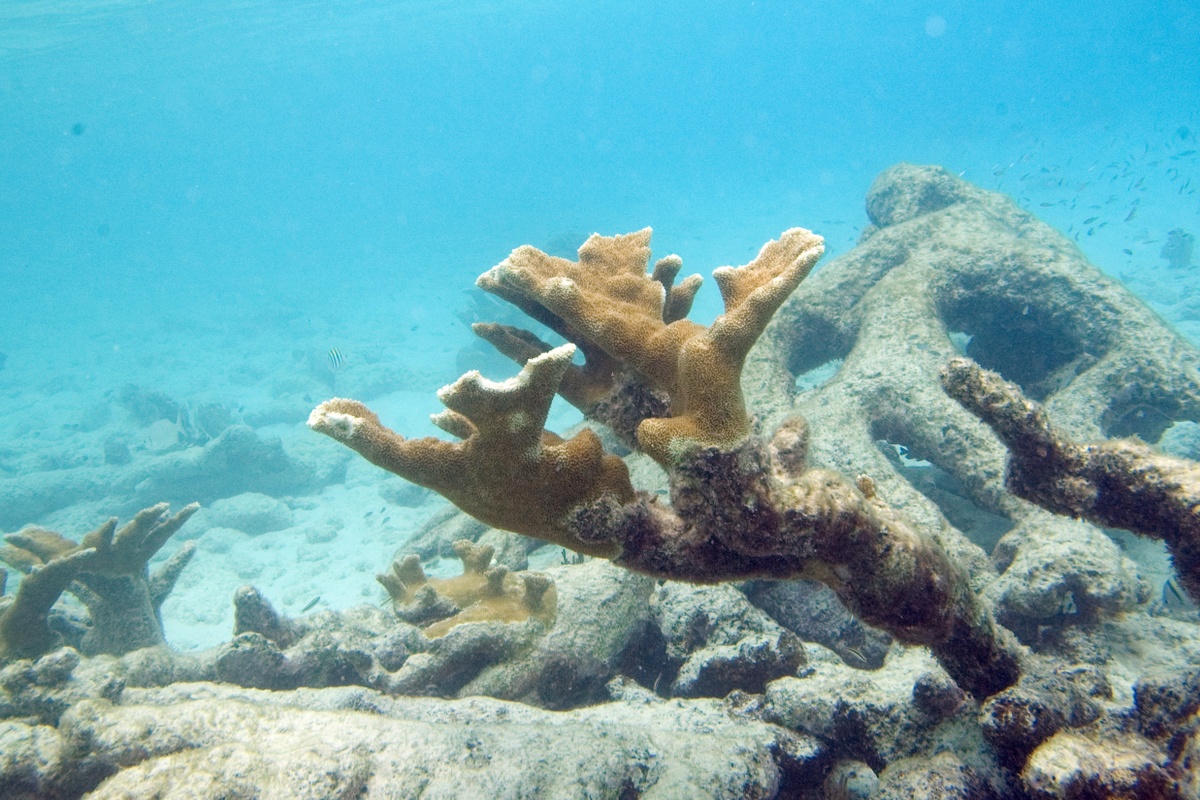
Photo: Wikimedia
Another Key Biscayne reef, Flamingo Reef is about 30 feet deep with visibility from 41 to 50 feet. Look out for schooling tropical fish and the standing elkhorn coral that some say resemble flamingos.
Emerald Reef

Photo: Angelfish (National Park Service)
The beautiful Emerald Reef is Miami’s largest natural reef. It’s in about 30 feet of water off of Key Biscayne and has lots of large rocks for creatures (including lobsters) to hide. You may spot snappers, barracuda, angelfish, anemones and turtles as well as elkhorn and pillar coral. Because of its shallow depth, it’s works equally well for snorkelers and divers.
Army Tanks
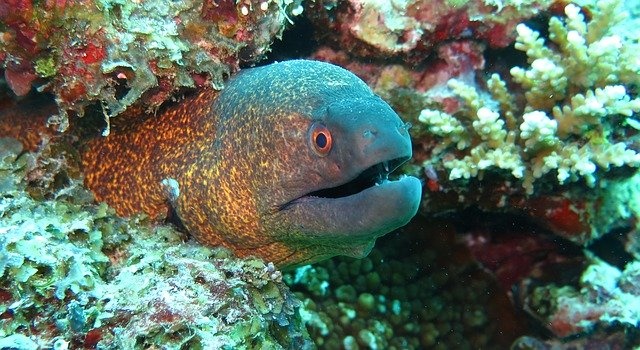
Photo: Moray Eel (Kevskoot/Pixabay)
Army Tanks is two 40-ton Vietnam-era army tanks. They were placed in 1994 in about 50 feet of water. They’re part of a shallow artificial reef site known as the Wreck Trek. There’s a limestone boulder wall between the two tanks, which are home to lots of marine life such as barracudas, moray eels, lobsters and a resident nurse shark. You can also see the 110-foot barge Matthew Lawrence Wreck nearby. Plans are in the work for more tanks to be placed within the next few years.
The Wreck Trek
Speaking of the Wreck Trek, this artificial reef sits off of Miami Beach and was mapped by a dive boat captain. It’s in 45 to 60 feet of water. The trail consists of the Miss Patricia (an 85’ tug sunk 1990), the Miss Karlene (a tug damaged by Hurricane Andrew), Ben’s Antenna Reef (old radio towers), Billy’s Barge (a 75’ steel barge) and limestone boulders.
Have you been to any of these Miami dive sites from wherever you are renting a private dock space? If not, pencil them in for your next day trip. Happy diving!
